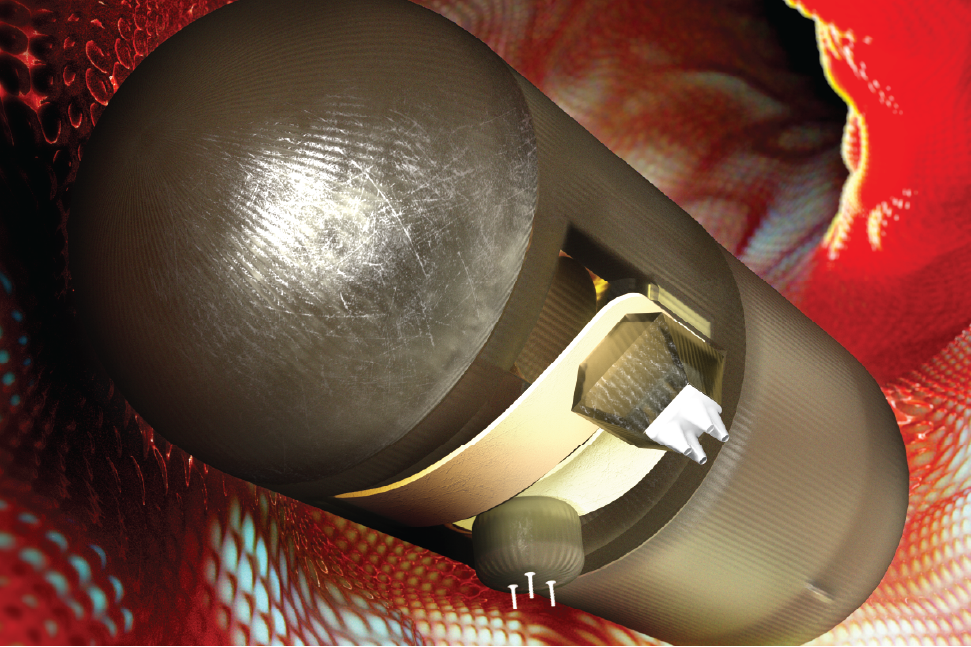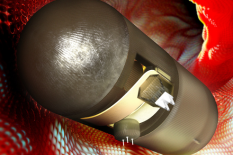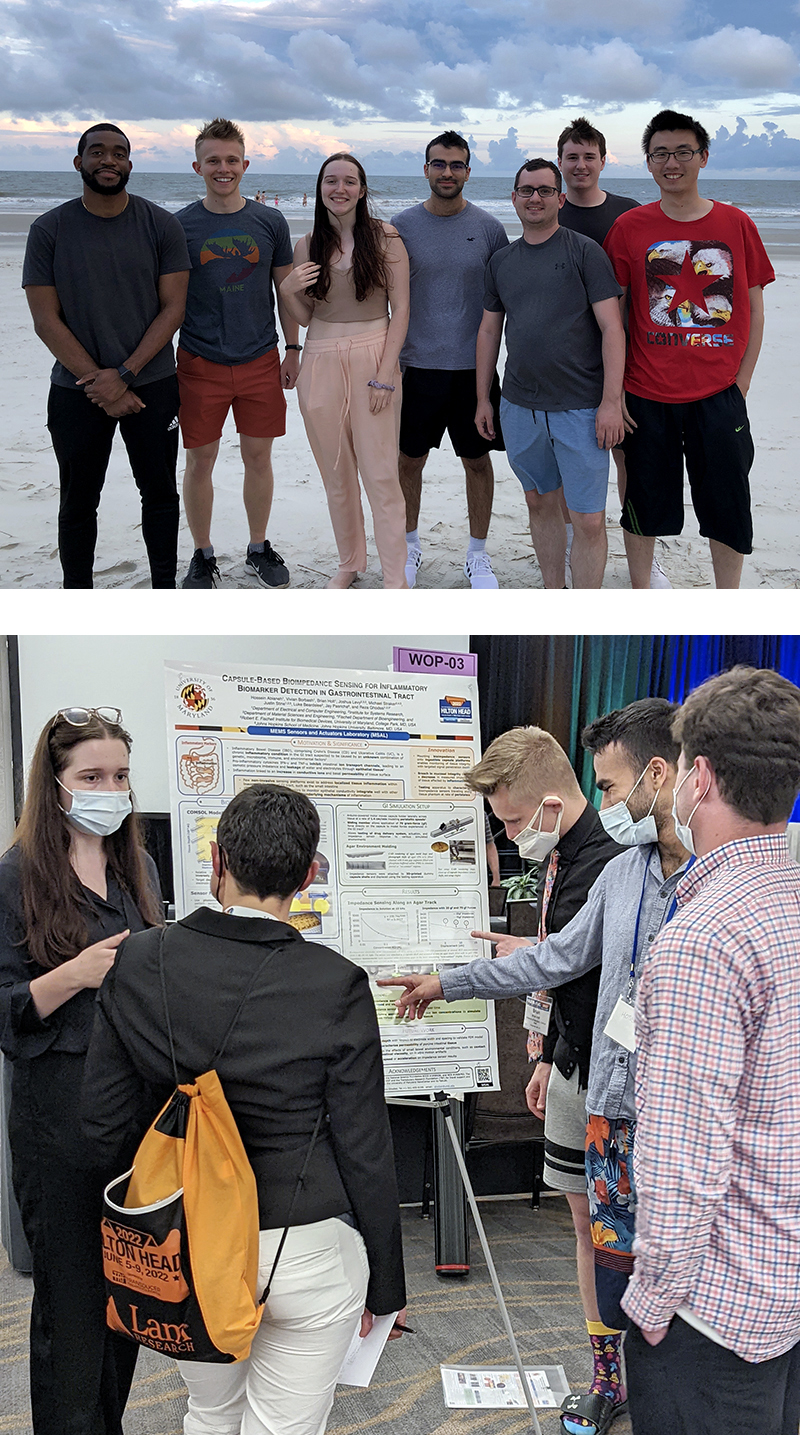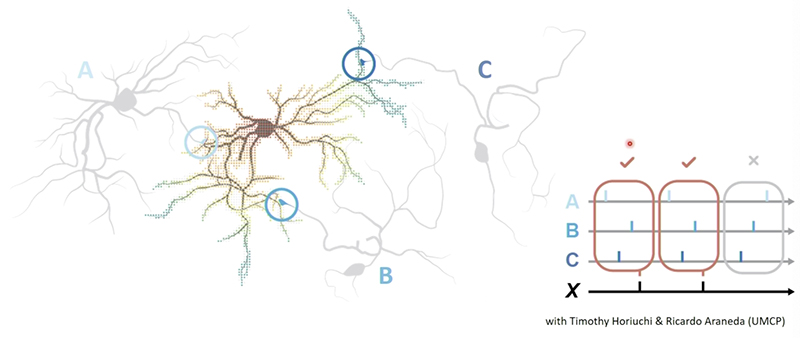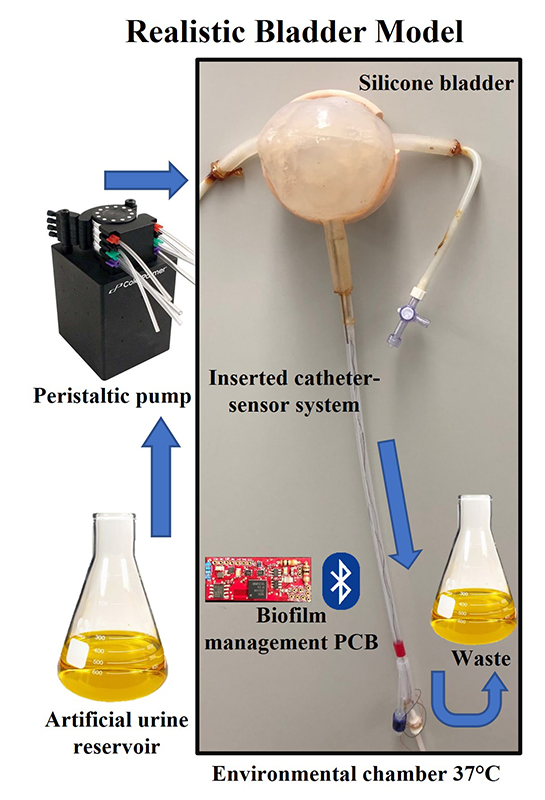News Story
Sarker Is Runner-Up for Springer Nature Best Paper Award

Mechanical engineering post-doctoral researcher Dr. Sunandita Sarker, won the Springer Nature Best Paper Award Runner Up at this year’s Solid-State Sensors, Actuators and Microsystems Workshop (Hilton Head Workshop 2022). The paper, “A Hybrid 3D Micro-Nanoprinting Approach for Biomedical Microinjection Needle Arrays,” explored a new strategy for additively manufacturing microneedle arrays and—in collaboration with researchers and neurosurgeons at the University of Maryland School of Medicine (UMSOM)—demonstrated the use of these 3D-printed needle arrays to perform microinjections into a mouse’s brain.
The biannual Hilton Head Workshop is considered by many to be one of the premiere venues for the microsystems community, with acceptance rates of approximately 10% for oral presentations. Among the nearly 200 submissions from researchers around the world, ten papers were nominated by the Technical Program Committee as finalists, with only three ultimately selected for awards (one winner and two runners up). For her award, Sarker received a certificate and a cash prize of $500 USD.
In Sarker's oral presentation, the UMD-UMSOM team demonstrated the use of their 3D micro-nanoprinting strategy to build microneedle arrays and perform microinjections with a mouse brain.
Sarker’s work represents a multi-disciplinary effort between Assistant Professor Ryan Sochol’s Bioinspired Advanced Manufacturing (BAM) Laboratory, with mechanical engineering Ph.D. students Adira Colton, Ziteng Wen, and Xin Xu, and researchers and neurosurgeons at UMSOM, including Prof. Yajie Liang, Prof. Piotr Walczak, and Prof. Miroslaw Janowski.
The key motivation for the project arose from discussions with the UMSOM researchers about challenges in treating neurodegenerative diseases like Alzheimer’s Disease, Parkinson’s Disease, and Amyotrophic Lateral Sclerosis (ALS) using stem cell therapy. “Dr. Liang proposed this idea of extending our 3D nanoprinting approaches to create new classes of microneedle arrays with special designs to inject stem cells into the brain to treat these debilitating diseases,” said Sochol, “but no one had ever manufactured microinjection needle arrays at sizes like that before.”
After success printing the microneedle arrays at UMD, Sarker brought them to UMSOM to initially evaluate microinjections of blue-dyed water into a mouse’s brain. With their promising preliminary results, the team plans to begin testing their hybrid 3D micro-nanoprinting-enabled microneedle arrays for microinjections with living stem cells, which will provide a foundation for the use of their technology to support stem cell therapies not only for neurodegenerative diseases, but for a wide range of ailments including spinal cord injuries, type-I diabetes, heart disease, and cancer.
Published June 16, 2022
